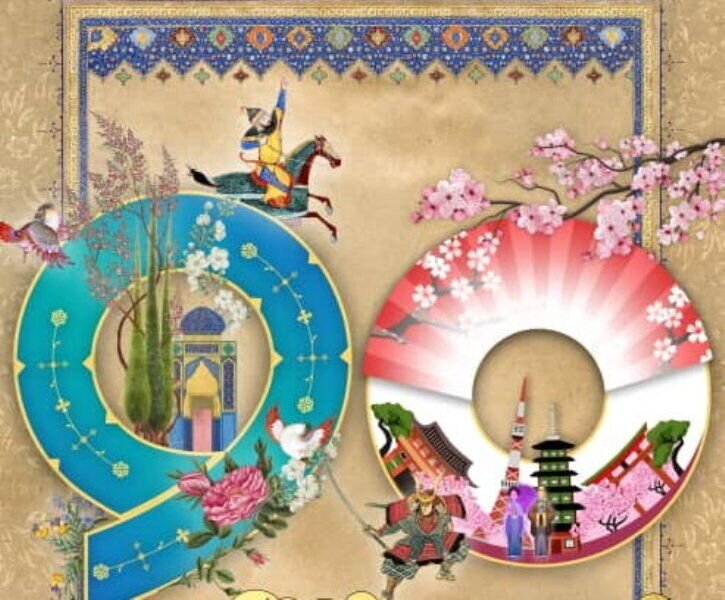Japanese expertise to enliven UNESCO-tagged palace in Tehran

TEHRAN - Japanese experts are to make another face of Tehran’s UNESCO-registered Golestan Palace in a special program dedicated to the 90th anniversary of the establishment of diplomatic relations between the two countries.
Premises and monuments of the palace complex will, for the first time, be subject to a 3D projection mapping project on August 1 and 2, director of the World Heritage site Masoud Nosrati said on Tuesday, IRNA reported.
The projection technology is applied to turn objects, often irregularly shaped, into a display surface for video projection using specialized software. This way, a two- or three-dimensional object is spatially mapped on the virtual program which mimics the real environment it is to be projected on.
People are given free entry to the palace for the event that is organized in close collaboration with the Embassy of Japan, Nosrati added.
A destination for domestic and international travelers, Golestan Palace is located in the heart and historic core of Tehran. The palace complex is one of the oldest in the Iranian capital, originally built during the Safavid dynasty in the historic walled city. Following extensions and additions, it received its most characteristic features in the 19th century, when the palace complex was selected as the royal residence and seat of power by the Qajar ruling family. At present, Golestan Palace complex consists of eight key palace structures mostly used as museums and the eponymous gardens, a green shared center of the complex, surrounded by an outer wall with gates.
UNESCO has it that the complex exemplifies architectural and artistic achievements of the Qajar era including the introduction of European motifs and styles into Persian arts. It was not only used as the governing base of the Qajari Kings but also functioned as a recreational and residential compound and a center of artistic production in the 19th century. Through the latter activity, it became the source and center of Qajari arts and architecture.
AFM/MG

Leave a Comment